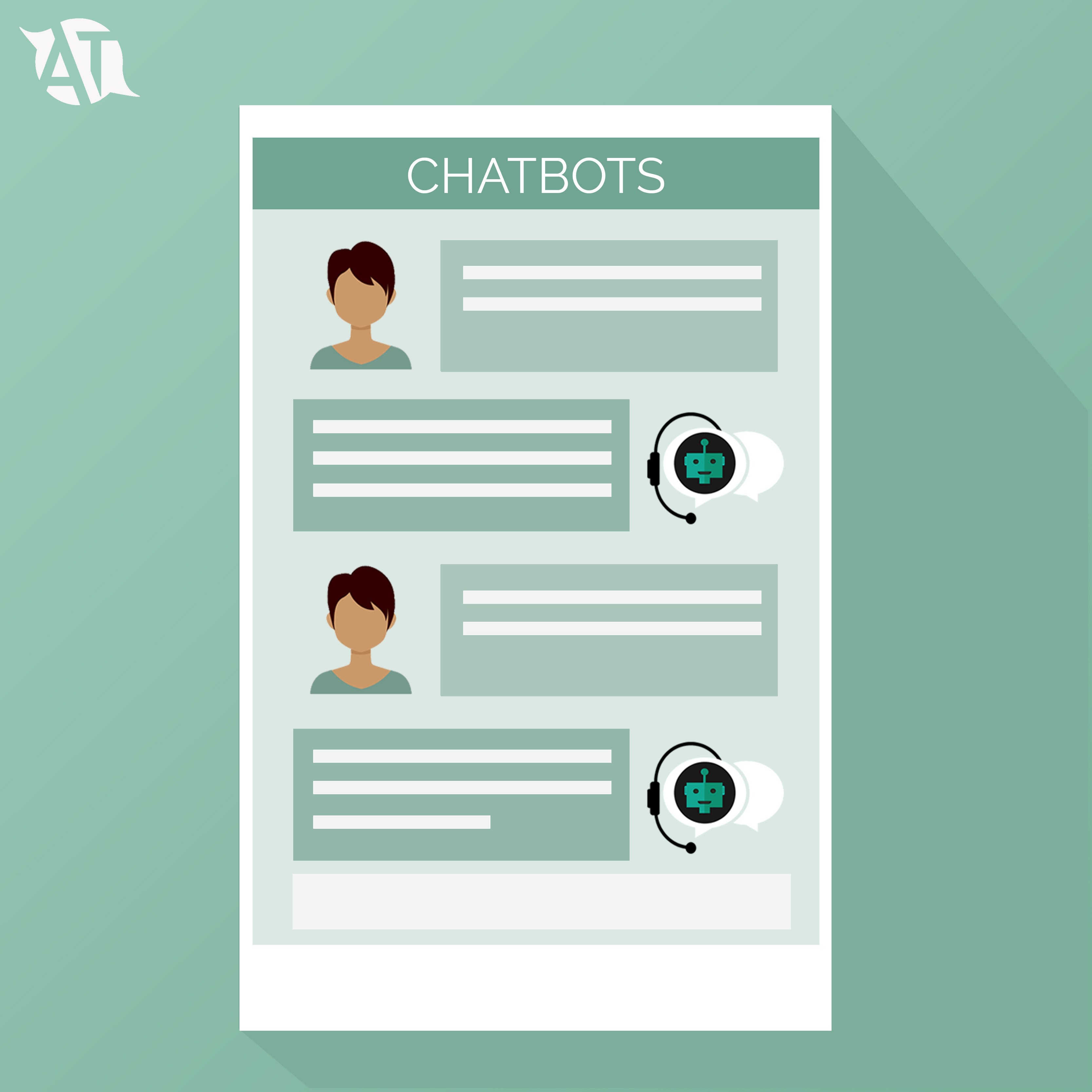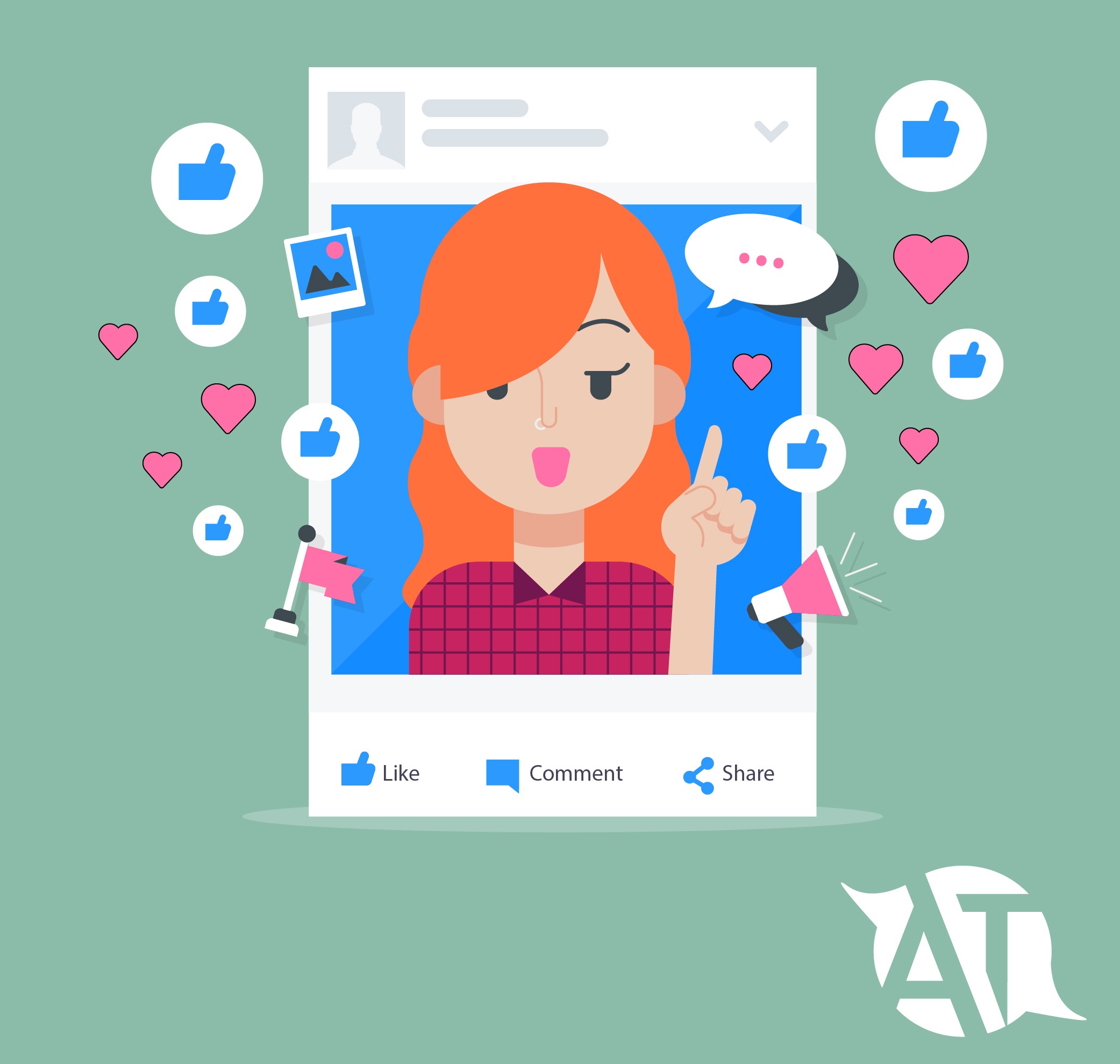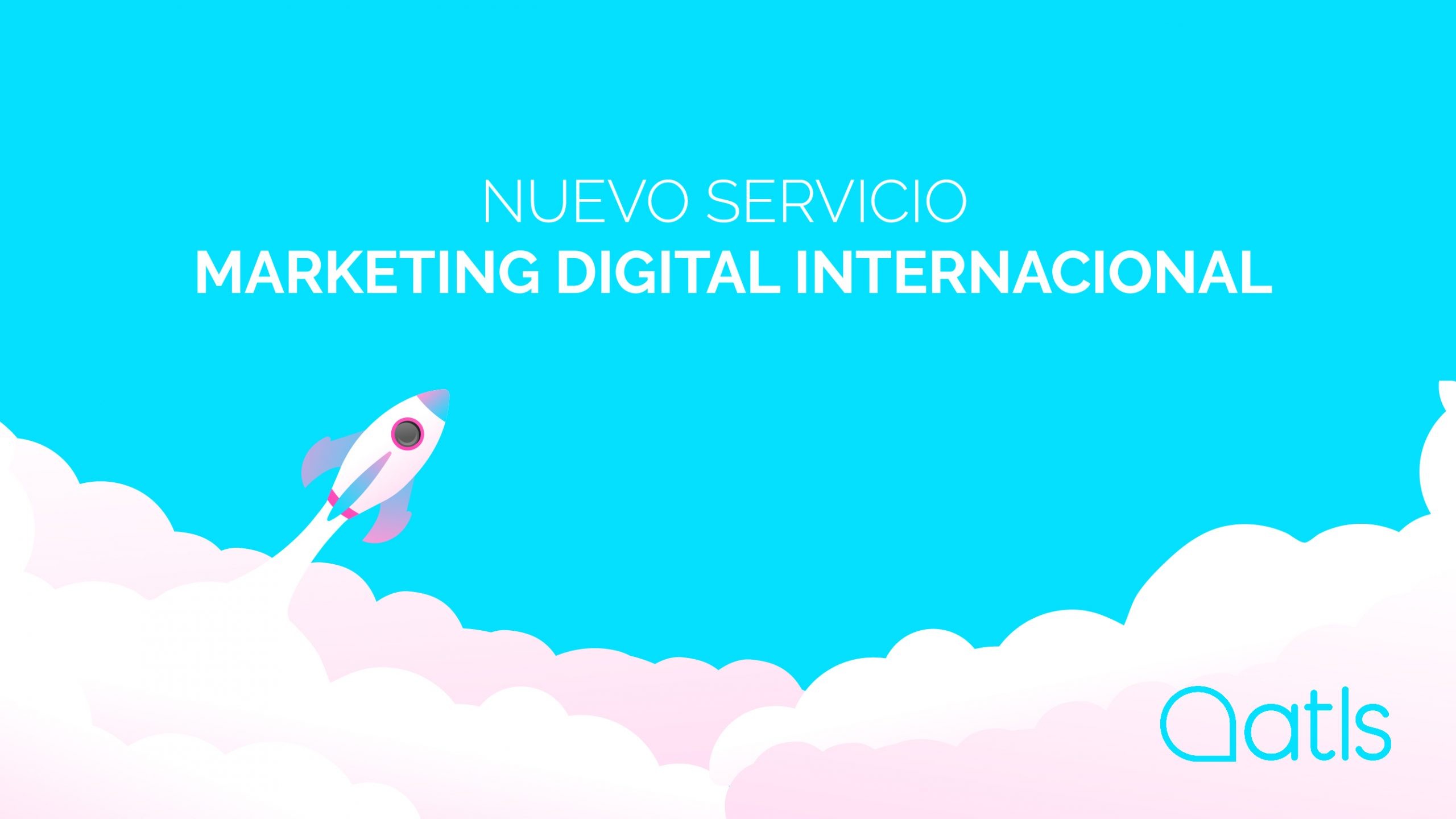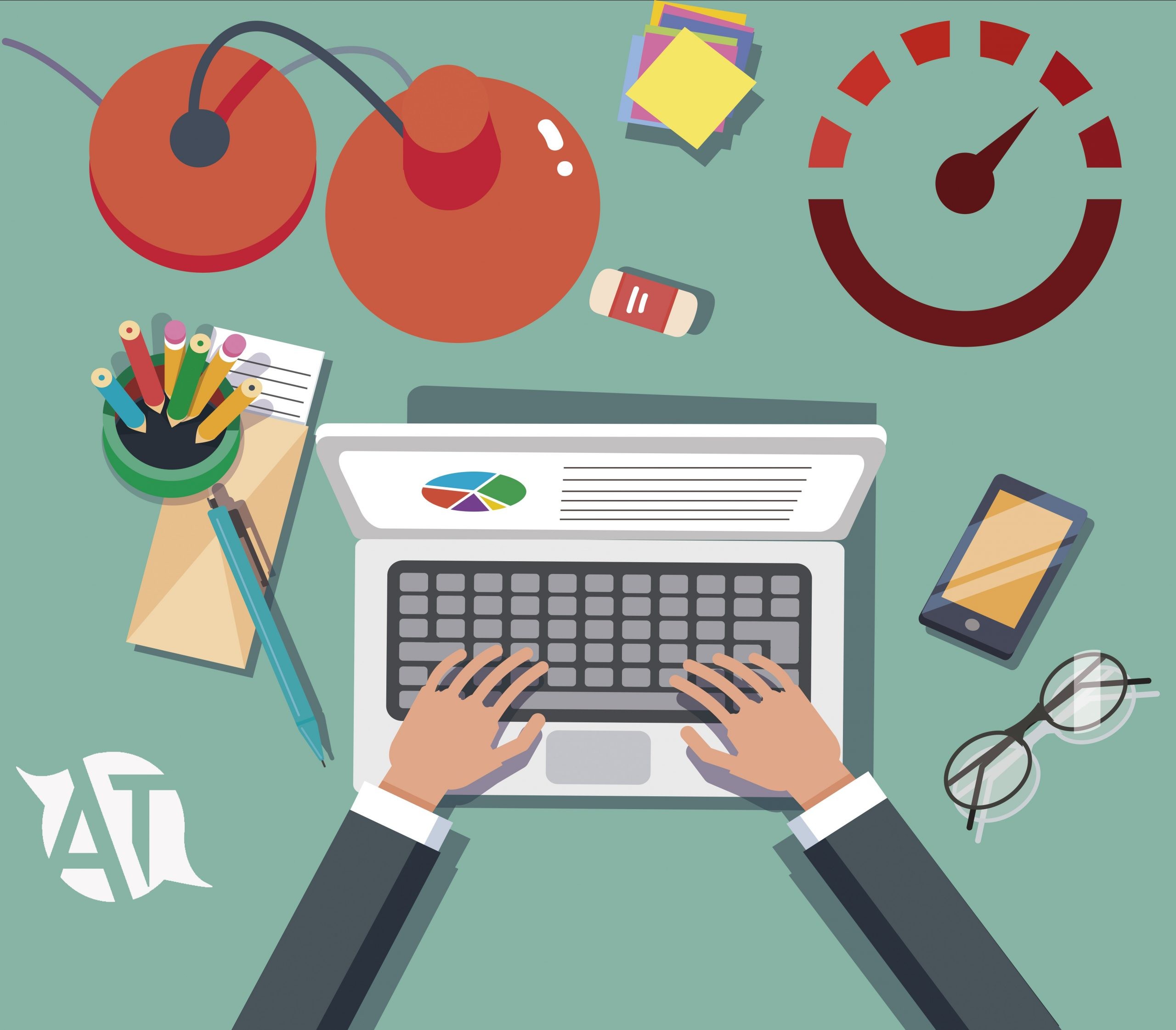Using chatbots for your brand image

We've been talking for some time about how using new technologies can lead to business success. Apps and artificial intelligence have come a long way in recent years, and they're now helping businesses achieve their goals in a highly competitive world. In last week's post we talked about how localisation can improve the online shopping experience, but we didn't mention another key issue: chatbots. They're on the rise, and they're sure to have caught your attention when you've been browsing online.
No doubt many of you will have heard the term, but what do they really mean for your business? Chatbot technology harnesses artificial intelligence to allow users to have a conversation with a computer program in real time, as though they're talking to an actual person.
- What are chatbots for? They're used to resolve common issues users might be facing and there is no limit to their availability: they work for you 24 hours a day.
- How do they work? They use artificial intelligence - memorising and learning common questions and responses, learning tastes and preferences along the way, storing them, and adapting to the needs of each customer. For example, if a user often buys IT related items, the chatbot will recommend products based on their history, when they visit a website.
Why is it good to use chatbots?
Now we understand what they are and what they're for, let's look at why employing this type of strategy is so important.
- They perform a customer service role: In any business you need to build a good rapport with your customers. These programs give browsers their first impression of your company, so it's essential that they feel supported throughout the process. The response given could influence whether a purchase is completed - or abandoned. They also result in cost savings. There's no need to cover different shifts round the clock and make sure someone's always available to answer queries.
- They reduce the number of potential customers who are lost: It's been proved that the delay between a customer filling out an enquiry form and the company getting in touch can lead to the loss of a customer. By using chatbots you can reduce this percentage: responses are given instantly.
How much does it cost to create a chatbot?
Now we know a bit more about chatbots and how to make them a part of our business strategy, we obviously need to know how much it will cost to set them up.
There's no single answer, as a number of factors will have an effect on the cost. The amount you need to invest will depend on the following two points:
- Developing the technology: It goes without saying that without the technology you'll never be able to have this type of interaction with users. Before making any decisions, the first thing to consider is the features you're going to include. And to do this you need to do preliminary development in a test environment, to see how it all works and address any errors that may arise, before going on to the production and development stage. This all entails investment, and the cost will depend on the software you use to develop it. The cost will also vary according to whether the development is carried out in-house or subcontracted.
- Language training for chatbots: Trying to simulate conversation with a real person is no easy task. In the same way that people need to learn to speak, the first thing you need to do is train the robot, so that it can respond in a natural manner. The first hurdle we come up against is the sheer quantity of text that needs to be entered to reach the necessary quality of language. And the more words you need, the more it will cost - but your chatbot will then be better trained and therefore have improved interactions with users. We also need to consider the number of languages you're going to use. Last week we talked about how important it is to have a properly localised website if you want to reach international markets. If you're going to use a chatbot, it's logical to have the same languages as you have on your website, so that users can get responses in their own language. If you go down this route, it gives your business and brand added value.
At ATLS we bring language and technology together. We are highly experienced in using machine translation based on trained neural translation engines, which we also use for specific customers or domains. We also have our own software "factory", where we can develop the right technology for your translation needs.
If you want your website to speak all languages or are planning to incorporate translation with artificial intelligence in your own business, don't hesitate to contact us. And, if you're not sure what solution is right for you, we'll study your specific requirements and give you a tailor-made proposal.




